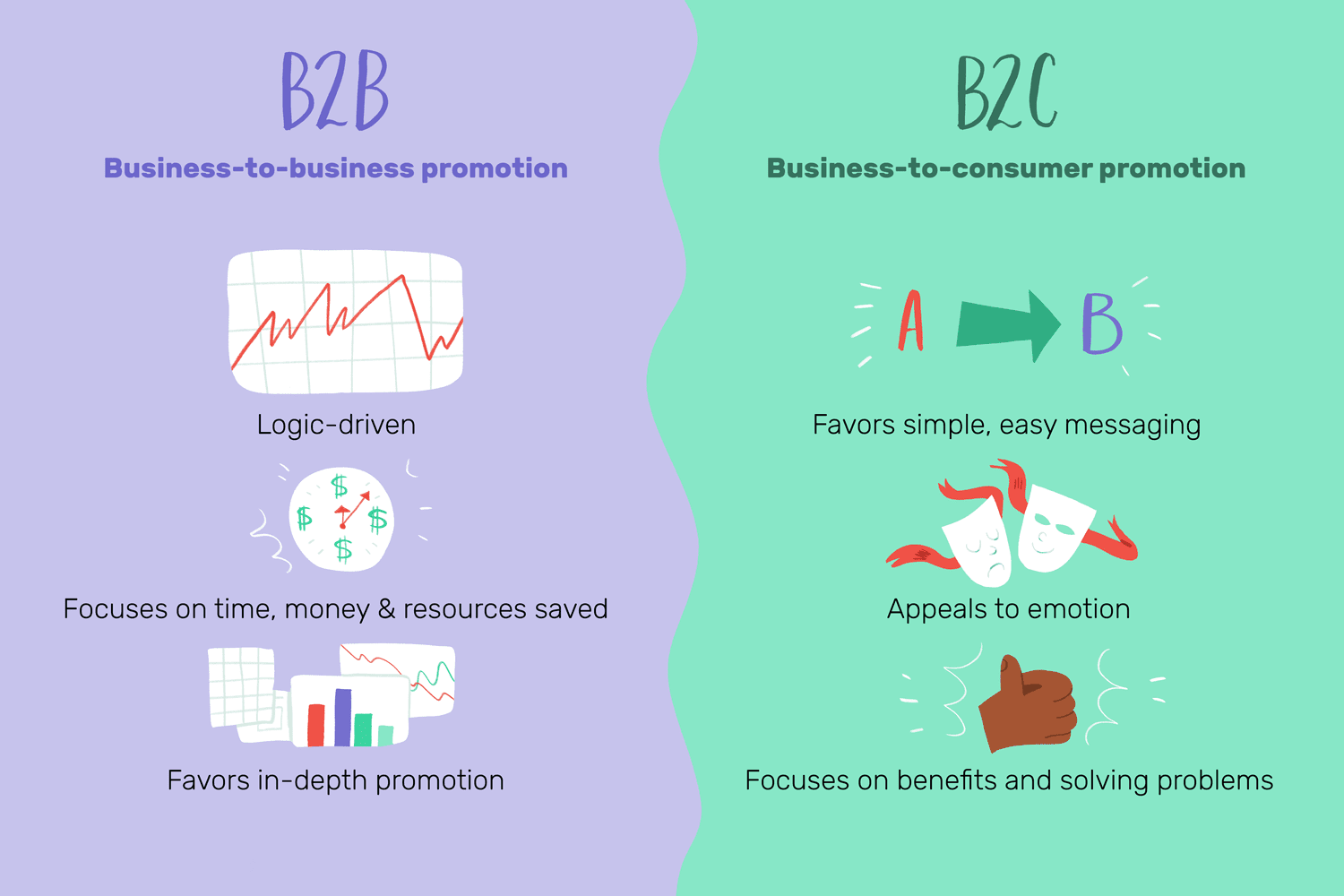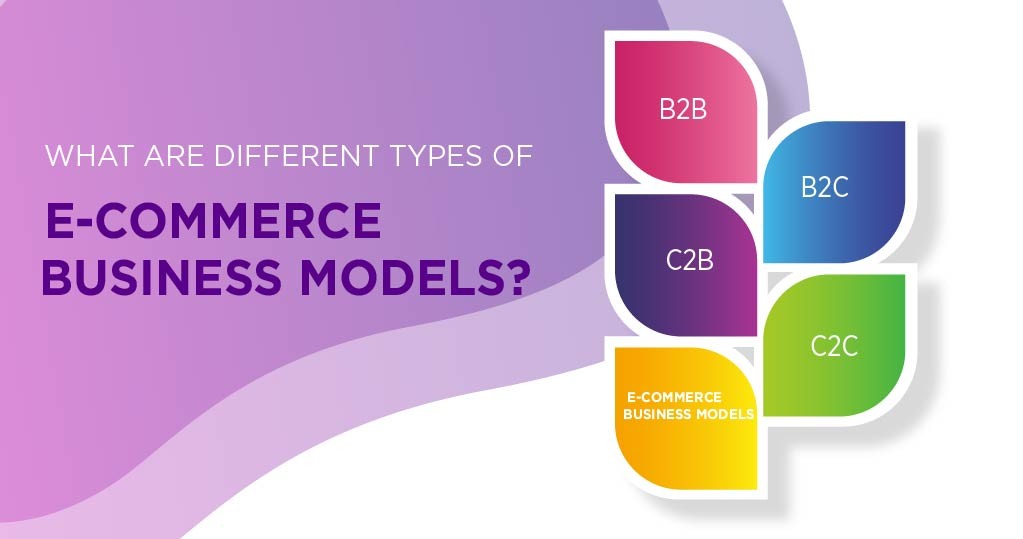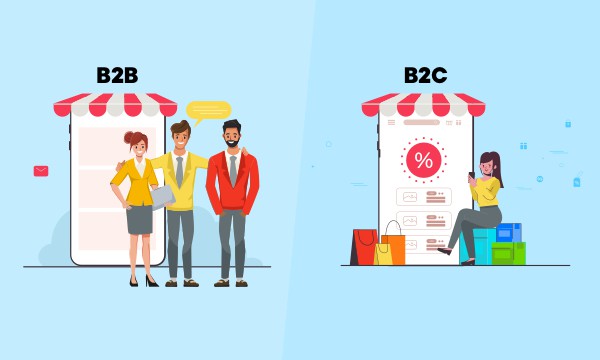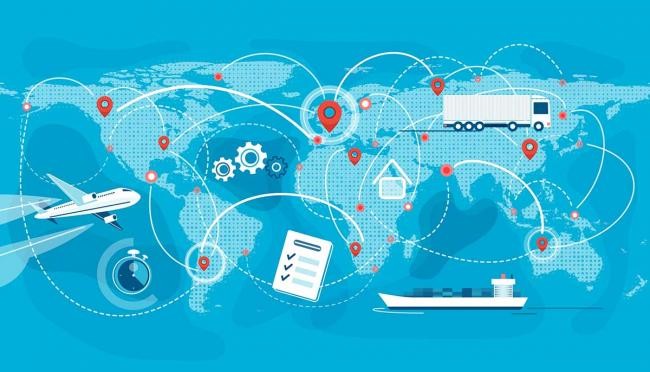E-commerce business model isn’t just a buzzword; it’s a retail revolution. Let’s dive into the digital storm that has changed how we buy and sell. Gone are the days of the simple shopfront. Today’s online markets are complex, versatile, and innovative. You’ll see how a variety of revenue streams, from subscriptions to dropshipping, fuel this dynamic industry. Plus, we’ll break down the alphabet soup of B2B, B2C, and C2C, making sense of the platforms that drive digital commerce. Get ready to unlock the secrets of digital retail mastery!
Decoding the E-commerce Business Model Landscape
Exploring Revenue Streams: From Subscriptions to Dropshipping
E-commerce changed how we shop. It offers different ways to make money. You can sell products right to buyers. This is called direct-to-consumer sales. You can make products reach more hands, without holding stock. That’s dropshipping. Or, you can get money every month from customers. That’s the subscription model.
With direct-to-consumer sales, you cut out the middleman. You use online tools to sell to buyers anywhere. It gives you more control over brand and prices. It’s a hit with shoppers who want unique finds.
Subscription e-commerce is growing fast. People like paying for a service that sends them goods on a schedule. It’s convenient and often gives a feeling of being part of a club. It’s a steady way to get income for businesses.
Dropshipping is a no-fuss way to sell. You advertise products but don’t keep them in stock. When someone buys, you order from suppliers. They then ship straight to the buyer. It means less risk for you. You don’t pay for storage or have unsold items.
B2B vs B2C vs C2C: Understanding Different E-commerce Platforms
Different e-commerce platforms serve different buyers and sellers. In B2B, or business-to-business, companies buy from other companies. Think of bulk orders for office supplies.
B2C, or business-to-consumer, is what most of us know. Stores sell things to people for personal use. Like when you buy a new phone online.
C2C, or consumer-to-consumer, is like an online flea market. It’s where you can sell an old guitar to someone else. Sites like eBay are perfect for this.
Let’s dig in more.
B2B e-commerce platforms are big and complex. They handle orders from small firms to vast enterprises. There’s often a lot of back and forth before deals close. Payments can get hefty and the stakes are high.
B2C online transactions are quick. You see something you like, you buy it, and that’s it. These platforms have grown a ton thanks to mobile shopping.
C2C marketplaces rely on trust between strangers. They need good systems for reviews and payments to work. They fit well for niche items or second-hand goods.
An omnichannel retail approach is smart here. It means reaching customers through many ways, like online, in apps, and in stores. It’s all about making shopping smooth and easy.
E-commerce monetization also uses digital product sales. These are things like e-books or online courses. Affiliate marketing lets you promote others’ products and earn from sales. With freemium, you give a basic thing for free and charge for extras.
Cross-border e-commerce means selling to customers in other countries. This can be tricky with taxes, shipping, and laws. But it also opens up new markets.
Info like e-marketplace fee structures and tips on running online stores are vital. They help you keep more profit. Multi-vendor shopping portals can offer many things in one spot. Specialized niche e-commerce sites can attract certain shoppers.
Wrapping it up, get how these models work to find what’s best for your e-shop. Keep in mind how you’ll get new customers and keep them coming back. With so many choices, understand your options and pave the way for your online success.
Enabling an Omnichannel Experience in Digital Retail
Blending Physical and Digital: The Omni-approach Advantage
Picture buying a shirt. You start online. Maybe you switch to a phone app. You might end up in a store. This mix of shopping ways is called an omnichannel retail approach. It makes shopping smooth no matter where you are or what device you use. This approach boosts e-commerce revenue models. It lets you build a bridge between your online retail strategies and the feel of in-store shopping.
Omnichannel is all about being where your customers are. It’s having your store on web pages, mobile apps, and even social media. Think of it like a spiderweb. Your store sits in the middle, and the threads reach out to everywhere your customers might spend time. And just like a spiderweb catches bugs, your web catches sales.
The Customer Journey: Enhancing Engagement through Multiple Channels
Now, let’s walk through the customer journey. It starts when someone sees your ad or hears about your store. Then, they check you out online. Maybe they sign up for emails or follow you on social media. Each step is a chance for you to make an impact. And the easier you make these steps, the more likely they’ll buy something.
Direct-to-consumer sales are like starting a chat with someone. You talk, you listen, and you get to know each other. With subscription e-commerce models, you’re asking them to hang out regularly. It’s a way to keep them close, so they don’t forget about you.
Dropshipping business models are like being a messenger. Someone tells you what they want, and you get it for them. No need for you to hold onto the goods. This keeps things simple for you. B2B e-commerce platforms and B2C online transactions handle things differently. B2B is like selling tools to a construction company. B2C is like selling a hammer to someone who wants to hang a picture at home.
C2C marketplace dynamics are fun. Imagine you’re at a flea market where everyone can be both buyer and seller. It’s a big, friendly swap meet online. Each person has something the other might want.
Now, let’s talk about money. E-commerce monetization tactics are like different flavors of ice cream. Some like basic flavors, like selling digital products. Others want swirls and sprinkles, like affiliate marketing. Then there are those who like to sample first before they buy, which is where freemium services strategies shine.
Thing is, all these ways help your shop make money. They attract different folks. Some might like the latest mobile commerce trends. Others might like the old-school feel of physical goods e-commerce. The trick is to know your customers and have a little something for everyone.
The world of selling has walls, and one such wall is cross-border e-commerce. It’s when you send goods over borders to other lands. Sure, e-marketplace fees structure and internet sales tax considerations can be tricky. But when you get it right, it’s like opening doors to the whole world for your store.
By now, you get how twisting paths lead customers to buy stuff from you. This omnichannel magic helps them at every twist and turn. Remember, it’s all about making it simple and fun, so they stick with you for the long haul.
Monetization Strategies in E-Commerce
Affiliate Approaches and Digital Product Sales: Balancing Benefits and Challenges
E-commerce runs on creative ways to make money. One star player here? Affiliate marketing. It’s like being a salesperson, but online. You show a product from another business to folks. They buy it through a special link. Boom, you get paid. Simple, right? But to win big, you need lots of visitors or a real trust bond with your audience. Get that traffic flowing, and affiliate marketing can be a gold mine.
Now, let’s talk digital goods. Music, ebooks, courses — these rock. They cost zilch to keep in stock. Once you make them, you can sell them again and again. No shipping, no waiting. Customers love instant stuff. And for you, it’s all about that sweet profit margin.
From Freemium to Memberships: Dissecting Profitability Models
Freemium sounds cool. It invites people to try, for zero dough. People use your basic service without opening their wallets. If they dig it, they might go, “Hey, let’s get those extra features!” That’s when they pay up. Freemium can be tricky though. You have to nail the balance. Give too much, no one upgrades. Too little, and they bounce off.
So, memberships, huh? Like a special club. It’s more than just selling stuff. You dish out perks, content, or discounts, and members pay a fee to stay. This can make people stick with you. We’re talking reliable, repeat income. Bet you like the sound of that.
But remember, folks will only stay members if you keep them happy. That means top-notch stuff and making them feel special. You get this recipe right, and your e-commerce store just might become the next big hit.
Innovations and Best Practices for E-commerce Operations
Leveraging SaaS and Multi-Vendor Portals for Market Expansion
E-commerce is growing fast. To keep up, we need smart tools and strategies. SaaS, or Software as a Service, is a game-changer. It lets businesses use online software for selling without big expenses or tech headaches. With tools like Shopify or Magento, setting up shop online is easier than ever.
Now, let’s talk about multi-vendor portals. These are online marketplaces where many sellers offer goods. Think of Amazon or eBay, but there are many others. These portals let small shops reach more customers. They also make shopping easy and fun for people like you and me.
Using SaaS tools helps shops focus on what they do best. They don’t need to worry about software issues. Multi-vendor portals help sellers enter new markets fast. They also bring many buyers to one place. This means more sales for shops.
Inventory and Supply Chain Strategies: The Backbone of Online Selling
Keeping the right stuff in stock is key for online shops. If you sell online, you need a good plan for this. You must know what to stock and when to order more. If you don’t, you might run out or have too much. Both can cost you money.
Supply chains are how your products get from creation to buyer. A strong supply chain is super important. If it’s slow or gets interrupted, customers might get upset. No one likes waiting too long for their orders!
When your supply chain rocks, your customers are happy. When customers are happy, they come back. Managing inventory right helps you avoid surprises. It also keeps your cash flow steady.
To sum it up, SaaS tools make online selling smooth. Multi-vendor portals open new doors for growth. Good inventory management keeps costs down. Strong supply chains make customers happy. Together, they form the core of a successful e-commerce business.
In this post, we dove into the e-commerce world, exploring how money is made, from subscriptions to dropshipping. We looked at who sells to whom—be it businesses, customers, or peers. We also tackled the blend of in-store and online shopping for a knockout customer experience. Plus, we covered making more cash, from getting a cut of sales to charging for premium access.
Finally, we hit on the new stuff that keeps online shops on top. We saw how tech makes selling to more people easier and how keeping track of stock and shipping is key. E-commerce isn’t just setting up a shop online; it’s about smart ways to make it big, while being all over the place, without losing the personal touch.
My final take: Use these strategies and stay sharp. The digital store scene changes fast, but the basics—knowing your how, who, and where—will keep you winning. Keep looking out for tech that can help and always think about what your customer wants—your sales will thank you!
Q&A :
What are the different types of e-commerce business models?
E-commerce business models can be broadly categorized into four main types. B2B (business-to-business) involves transactions between companies. B2C (business-to-consumer) is the traditional retail model where businesses sell directly to consumers. C2C (consumer-to-consumer), is similar to marketplaces where consumers sell to other consumers. Lastly, C2B (consumer-to-business) where individuals sell products or services to businesses.
How can one effectively start an e-commerce business model?
Initiating an effective e-commerce business model involves several strategic steps. It begins with choosing the right product or service to meet market needs, followed by selecting the appropriate e-commerce model. Then, one must build a user-friendly website, optimize it for search engines, and ensure secure payment gateways. Subsequent steps include implementing a solid marketing strategy, managing inventory effectively, and maintaining excellent customer service.
What are the key components to consider in an e-commerce business plan?
An e-commerce business plan must cover several key components: market analysis, business model description, product sourcing and fulfillment strategy, marketing and sales plans, operational workflow, technology stack (including e-commerce platform), budget and financial projections, and, importantly, customer service and engagement strategies.
How does SEO impact e-commerce business models?
SEO significantly impacts e-commerce business models by influencing how easily potential customers can find the e-commerce site through search engines. It involves optimizing the website content, structure, and on-page elements like meta tags and descriptions to improve search rankings, which often results in increased traffic and potential sales. E-commerce sites must also ensure mobile optimization and fast loading times as part of their SEO strategy.
What is the future outlook for e-commerce business models?
The future of e-commerce business models is promising, with trends pointing towards increased personalization, mobile commerce, AI and AR implementation, and the integration of social media platforms as shopping channels. The continued growth of e-commerce is supported by technological advancements, changing consumer preferences, and further adoption of online shopping worldwide.



